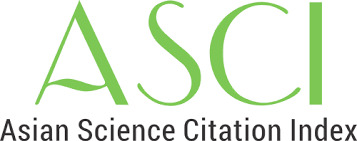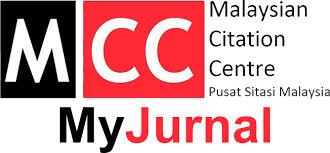AN ANALYTICAL STUDY ABOUT THE INSECTS AND VECTORS MENTIONED IN THE HOLY QUR’AN IN THE LIGHT OF VETERINARY SCIENCES
Abstract
Abstrak: The Holy Qur’an mentions animals in several places. Some, like the pig, are mentioned to clarify what’s forbidden. Others, such as donkeys, dogs, and crows, are used to illustrate bad human behaviour. The Qur’an also uses animals like camels, mosquitoes, flies, and spiders to encourage us to reflect on the signs of creation. Notably, horses receive an honourable mention. Several chapters in the Qur’an are even named after animals, including The Cow, The Ant, The Spider, The Bee, The Elephant, and The Cattle. The animals mentioned in the Holy Qur’an are quite diverse, encompassing domesticated animals, wild animals, insects and vectors, sea animals, snakes and reptiles, amphibians, and birds. These animals are mentioned in the Holy Qur’an in 155 verses across 52 chapters, sometimes by their specific names and other times through more general animal-related terms. Commentators of the Holy Qur’an sometimes misinterpret animal-related terms in the Qur’an due to unfamiliarity with the specific terminology. For instance, an English commentator translated al-Baqarah as the “heifer”, though its accurate meaning is “cow”. In veterinary science, a heifer is a young female calf, referred to as بكر (سورة البقرة 2:68). Similarly, the insect القمل (سورة الأعراف133: 7) is translated as the lice, but this research suggests it more accurately refers to the weevil. These examples highlight the potential for misinterpretation when commentators lack a strong understanding of animal-related terms. While many have written about animals in the Holy Qur’an, none have conducted an analytical study in the light of Veterinary Sciences. Their works generally discuss animals without this specific scientific perspective. These observations inspired me to undertake this study. The findings will provide Qur’an commentators and the public with a deeper understanding of animal-related terminologies. My decision to pursue this subject stemmed from the absence of any prior research of this nature. The method used for the study involved multiple steps. First, I read the Holy Qur’an twice specifically to identify all verses and chapters containing animal-related terminology. These terms were then categorized by species, including domesticated animals, wild animals, sea animals, snakes and reptiles, amphibians, insects, vectors, and birds. Finally, this categorized information was analysed in the light of Veterinary Science, al-Hadith and Tafsir (commentaries).












